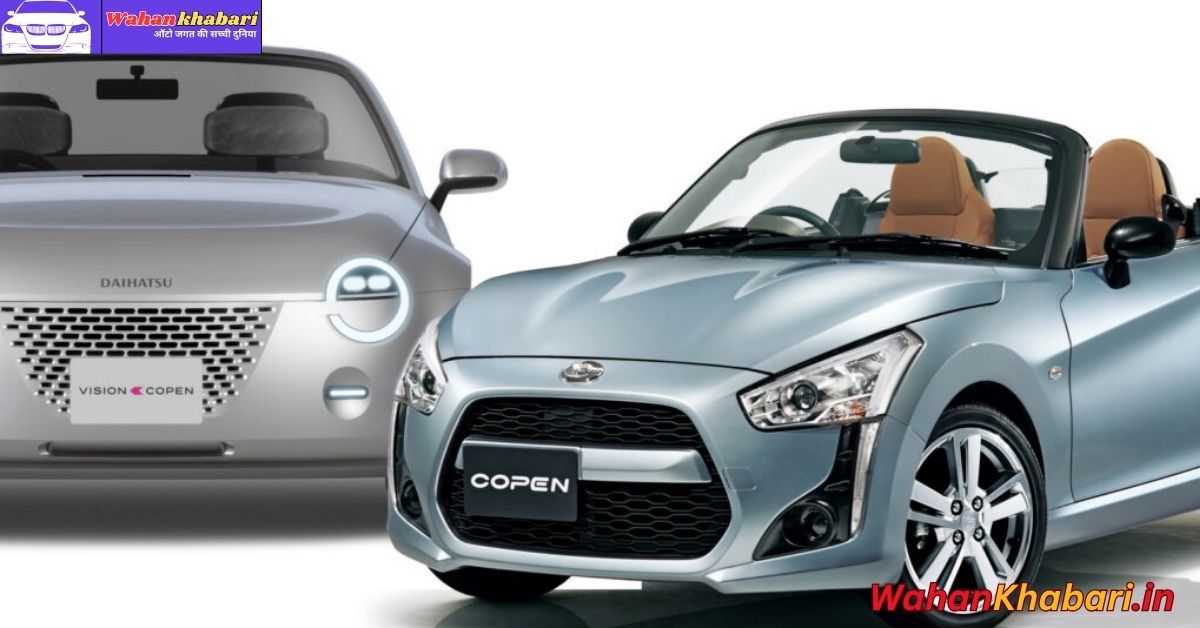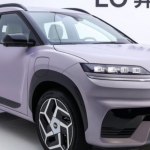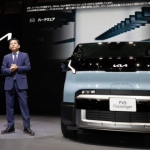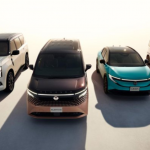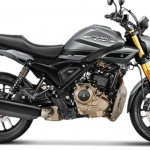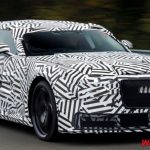In a world increasingly dominated by SUVs and electric behemoths, the Daihatsu Copen roadster stands as a delightful anomaly—a pint-sized convertible that dares to prioritize fun over function. First introduced in 2002 and now in its second generation, the Copen is a kei car that punches far above its weight in personality, performance, and style. Whether you’re navigating tight city streets or carving through mountain passes, the Copen delivers a driving experience that’s as refreshing as its compact dimensions.
🏎️ Kei Car with a Kick
The Copen was born out of Japan’s kei car regulations, which limit engine displacement and vehicle size to encourage efficient urban mobility. But Daihatsu didn’t just build a commuter box—they built a roadster. The first-generation Copen featured a 660cc turbocharged engine paired with a five-speed manual or four-speed automatic transmission. It was light, nimble, and surprisingly peppy for its size. For international markets, Daihatsu swapped in a 1.3-liter naturally aspirated engine to meet emissions standards, giving the Copen a bit more grunt while maintaining its playful spirit.
🎨 Design That Turns Heads
From the beginning, the Copen’s design has been unapologetically quirky. The original model drew inspiration from retro icons like the Nissan Figaro and Audi TT Roadster, sporting rounded headlights, a bubbly silhouette, and a retractable hardtop that added a touch of luxury to its kei car roots. The second-generation Copen, launched in 2014, took a more angular and aggressive approach. It introduced a modular body panel system, allowing owners to swap out exterior parts and customize their car’s look—a feature almost unheard of in this segment.
The 2026 model continues this tradition with a sleek front fascia, sculpted sides, and a modern rear profile. It’s a car that looks fast even when parked, and its compact footprint makes it ideal for urban environments where parking is a premium.
🚗 Driving Dynamics: Pure Joy
What makes the Copen truly special is how it drives. With a lightweight chassis and low center of gravity, it offers go-kart-like handling that’s rare in today’s market. The 2026 version features a turbocharged engine that delivers spirited acceleration, especially when paired with the manual transmission. It’s not a powerhouse, but that’s not the point. The Copen is about engagement—feeling the road, hearing the engine, and enjoying the open air with the top down.
Despite its small size, the Copen feels surprisingly planted at speed. The suspension is tuned for agility, and the steering is direct and responsive. It’s the kind of car that makes even mundane drives feel like an event.
🛋️ Interior: Cozy but Clever
Inside, the Copen makes the most of its limited space. The cabin is snug but well-appointed, with supportive seats, intuitive controls, and a dash layout that emphasizes simplicity. The 2026 model adds modern touches like a digital instrument cluster, touchscreen infotainment, and improved materials that elevate the overall feel. It’s not luxurious, but it’s comfortable and thoughtfully designed.
Storage is minimal, as expected, but the Copen isn’t meant for cross-country hauls. It’s a weekend warrior, a city slicker, and a second car for those who want something fun without breaking the bank.
💰 Affordability Meets Exclusivity
One of the Copen’s biggest selling points is its price. In a market where convertibles often command premium tags, the Copen remains one of the most affordable ways to enjoy open-top motoring. This accessibility has made it a cult favorite among enthusiasts who appreciate its charm and character.
Yet, despite its affordability, the Copen feels exclusive. It’s not a car you see every day, and its unique blend of kei car practicality and roadster flair makes it a standout in any crowd.
🌍 Cultural Impact and Legacy
Over the years, the Copen has carved out a niche for itself in automotive culture. It’s been featured on shows like Top Gear, where James May praised its toy-like charm and driving fun. In Japan, it’s a symbol of individuality and joy, often customized by owners to reflect their personalities.
Daihatsu’s decision to keep the Copen alive—even as kei sports cars become increasingly rare—is a testament to its enduring appeal. It’s a car that refuses to conform, and in doing so, it reminds us why we fell in love with driving in the first place.
🏁 Final Thoughts
The Daihatsu Copen roadster is proof that great things come in small packages. It’s a car that celebrates the joy of driving, the freedom of the open road, and the beauty of simplicity. In an era of complexity and excess, the Copen offers a refreshing return to basics—with a twist of style and a whole lot of heart.
Whether you’re a seasoned enthusiast or a newcomer looking for something different, the Copen is more than just a car—it’s an experience.

Hello, my name is Muskan Kumari and I am an experienced Digital Marketer. I have been blogging for the last 3 years and I have special interest in SEO. Here I give you easy bikes and writes easy-to-understand reviews and news about the latest bikes, helping readers choose the best options.. My aim is to always provide you with accurate, new and useful information.
